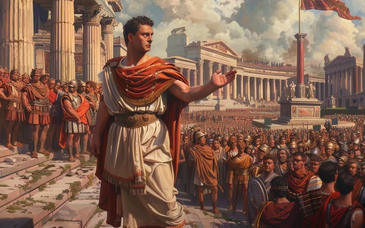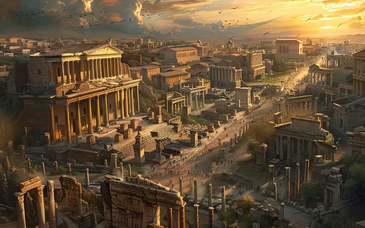Though whilst Rome was busied with its Macedon and Syrian adventures in the east, it neither rested in the west. Within a decade after her victory in the Second Punic War, Rome had at last gained dominance over the quarrelsome Gauls in valley of the river Po and their equally hostile neighbours, the Ligurians, in north-western Italy.
Soon Roman roads and military colonies were rendering the north of Italy as secure as any part of the peninsula. Before long the whole of what had been the Gallic and Ligurian area, independent of Roman authority, was transformed into a Roman province of Gallia Cisalpina (Cisalpine Gaul) which, with peace established, soon began to prove a highly flourishing area.
Further to the west, in Spain, Rome now owned all the territory which had been previously held by the Carthaginians.
The authority she enjoyed there however was at best dubious, the natives being warlike and by no means took kindly to the idea of being controlled by Rome. In any case, in two thirds of the peninsula such control was non-existent.
Nevertheless, by 197 BC Rome had set up the first provincial government, dividing the dominion into a nearer (northern) and farther (southern) province. The immediate result was a rising of the Spanish tribesmen. The subjugation of the rebellious tribesmen was entrusted to Cato, consul in 195 BC, who four years later distinguished himself at the Thermopylae.
He inflicted a crushing defeat upon the Spanish tribes, and by the severity of his measures and the speed of his movements soon brought the whole northern province under control, at least for the time being.
Though the Spaniards, resentful of his tyrannical measures, were back in rebellion again, no sooner was his back turned.. There followed years of constant fighting, which was only ended in 179 BC by the sympathetic policies of the praetor Tiberius Sempronius Gracchus (the son-in-law of Scipio and later father of two yet more famous sons).



